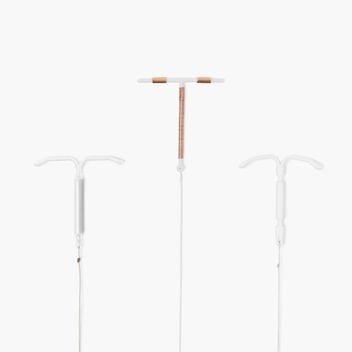What can I expect during and after having a vasectomy?
A vasectomy is an easy surgical procedure. It’s really quick, and you can go home right after. You’ll need to rest for a couple of days after the vasectomy.
Does getting a vasectomy hurt?
Probably not. Your doctor will help make your vasectomy as comfortable as possible. You’ll get local anesthesia to numb your testicles, so you shouldn’t feel much during the procedure. You may also get medicine to help you relax.
You may have a little discomfort when you get the numbing shot or when the vas deferens tubes are handled during the procedure. But overall, you shouldn’t feel too much pain.
There are two types of vasectomies: one that requires an incision (a cut in your skin), and one that’s incision-free (no-scalpel or no-cut).
What happens during an incision vasectomy?
The doctor makes one or two small cuts in the skin of your scrotum. Through these cuts, the tubes that carry sperm (vas deferens) are blocked off. Sometimes, a tiny part of each tube is removed. The tubes may be tied, blocked with surgical clips, or closed with an electrical current (this is called cauterizing). The whole thing takes about 20 minutes, and then the cut is stitched up.
What happens during a no-scalpel vasectomy?
The doctor makes one tiny puncture (hole) to reach both vas deferens tubes — the skin of your scrotum isn’t cut with a scalpel. Your tubes are then tied off, cauterized, or blocked. The small puncture heals quickly. You won’t need stitches, and there’s no scarring.
No-scalpel methods — also called no-cut or no-incision — reduce bleeding and lower the risk of infection, bruising, and other complications.
How will I feel after my vasectomy?
You can go home and rest right after your vasectomy. You may feel some discomfort or pain after your vasectomy, but you shouldn’t be in terrible pain. You may also have some bruising and/or swelling for a few days.
After your vasectomy:
- Wear snug underwear that doesn’t let your testicles move too much to help with pain.
- Take over-the-counter pain medicine (like ibuprofen) to help with pain and swelling.
- Ice your genitals as needed on and off for the first 24 hours to help with pain and swelling.
- Don’t swim or take a bath for 2 days.
- Don’t do any hard physical work or exercise for 1 week.
- Don’t have any kind of sex or masturbate for 1 week.
Call your doctor if you have:
- A fever over 100° F.
- Blood or pus coming from where the doctor cut your scrotum.
- Lots of pain or swelling in your scrotum or testicle area.
These signs could mean you have an infection and need antibiotics.
How long will it take me to recover after my vasectomy?
Most people only need to rest for a few days after their vasectomy. If your job is physically demanding, you’ll have to take about a week off from work. You shouldn’t exercise or do any hard physical work for about a week after your vasectomy.
How soon can I have sex after my vasectomy?
You can have sex a week after your vasectomy. Some people wait longer. If having sex hurts or feels uncomfortable, stop and wait a few more days. Just remember that the vasectomy WON’T prevent pregnancy right away, so make sure to use another method of birth control.
It takes at least 2 months after your vasectomy for your semen to be sperm-free. Your doctor will test your semen 8-16 weeks after your vasectomy, and tell you when the sperm are gone and the vasectomy is working as birth control. Make sure to ejaculate (cum) at least 20 times before you have your semen tested.
To collect a semen sample, you’ll masturbate into a cup or use a special condom when you have sex. Until your doctor says there’s no sperm in your semen, use condoms or another form of birth control during vaginal sex.
 Abstinence
Abstinence
 Breastfeeding
Breastfeeding
 Cervical Cap
Cervical Cap
 Condom
Condom
 Diaphragm
Diaphragm
 FAM
FAM
 Female Condom
Female Condom
 Implant
Implant
 IUD
IUD
 The Patch
The Patch
 The Pill
The Pill
 The Ring
The Ring
 The Shot
The Shot
 Spermicide
Spermicide
 Sponge
Sponge
 Sterilization
Sterilization
 Vasectomy
Vasectomy
 Withdrawal
Withdrawal